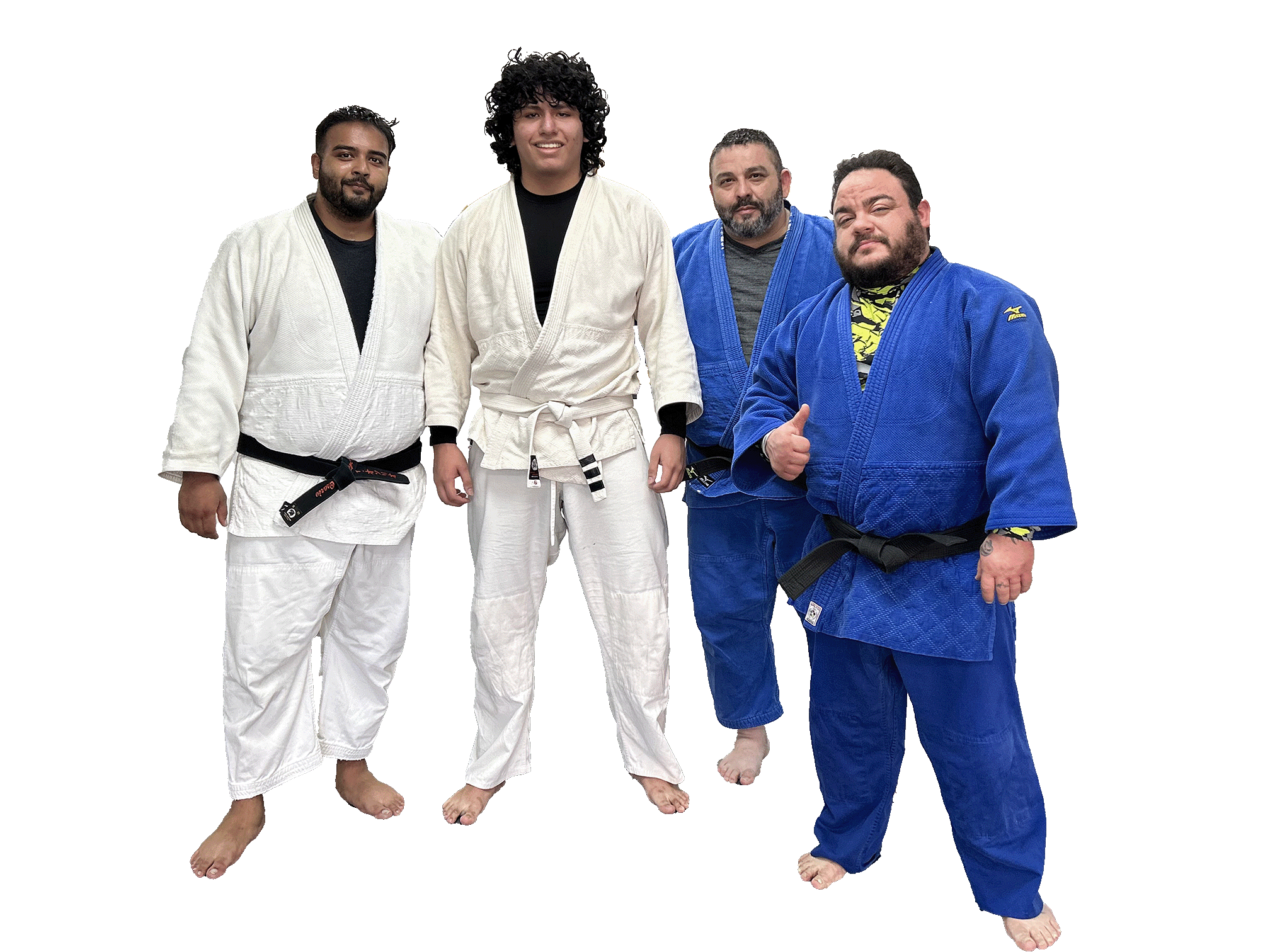Judo and Brazilian Jiu-Jitsu may be martial art forms, but they have their respective distinctions. Judo follows the "fight on foot" policy, whereas Brazilian Jiu-Jitsu focuses more on ground fights.
Differences in Uniforms
Although Judo and Brazilian Jiu-Jitsu students wear a kimono, their uniform components and belt rankings differ.
The kimono for Judo is heavier and more durable since it's meant to combat damage from grips and throws. However, BJJ's uniforms are a bit heavier because they must remain protected against more punishment and movement. It's tightened with rip-stop stitching or a weave. BJJ uniforms also have three colors: black, blue, and white. Judo uniforms are only white.
A Different Belt System
Comprising six belt changes, Judo belts start at white before a student efficiently progresses to yellow, orange, green, blue, and brown. In Brazilian Jiu-Jitsu, on the other hand, the belts advance from white to blue. Then to purple, brown, to finally black. Another contrast of BJJ is that it has a minimum age requirement for each belt. A white belt needs no age. However, the minimum age for a blue or purple belt is 16. Each ranking requires minimum time before you can move on to the next one.
Brazilian Jiu-Jitsu and Judo stand firm on having advanced training to reach a black belt. A Judo black belt takes roughly 5 to 10 years to obtain, while a BJJ black belt requires 8 to 12 years of training.
Winning a Match
Judo
In terms of their rules, you can win a Judo match if you:
- Throw your rival with a strong force that lands them on the back.
- Force your opponent to give up by tapping out.
- Hold your opponent down for 20 seconds.
This practice is called "Ippon."
A student can also win through another practice called "Waza-ari." It involves:
- Throwing your opponent on their back but not enough force to throw them on their back.
- Holding your competition down for 10-19 seconds.
Practitioners can win with two Waza-aris. Certain grips are considered unacceptable. For instance, you cannot grab your opponent's legs while standing.
Brazilian Jiu-Jitsu
Opposed to Judo's rules, BJJ focuses on submission techniques.
Their point system reflects the following:
- 2 points are given to you for a takedown
- 2 points are awarded to you for a sweeping
- 3 points are provided to you for passing the opponent's guard
- 4 points are given to you for back control
- 2 points are awarded when obtaining a knee mount position
- 4 points are awarded for full mount control
The fighter who holds the most points wins should no one taps out. Students also have more leeway with their submission techniques. In BJJ, you can do leg locks, chokes, varied armlocks, and more. If competitors continue moving on the ground, the match continues.

